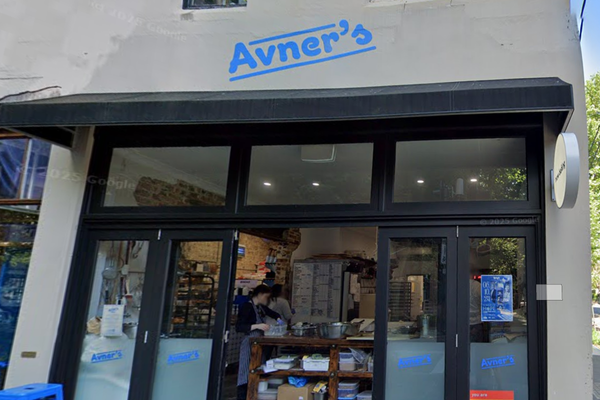
Tonight’s strawberry full moon coincides with another rare lunar event, making it one worth seeing.
And according to the Met Office, clear spells later today and into the night make for strong viewing chances.
So what is the strawberry moon, and when can you see it?
What is the Strawberry Moon and when is it?
Every month’s full moon has a nickname, and June’s is ‘strawberry moon’. Its name comes from indigenous Americans , marking the beginning of the strawberry harvest - and has nothing to do with its reddish tint.
The strawberry moon has a reddish tint because of its position so close to the horizon - which is also what gives the rising and setting sun its colour. This has got to do with how the light it reflects scatters through the atmosphere.
This year’s strawberry moon was visible to some on Tuesday, but will peak tonight, Wednesday June 11, beginning from moonrise at 10:20pm.
Why is it so rare?
The 2025 strawberry moon also coincides with an event called the major lunar standstill, making it quite rare.

The major lunar standstill is the moon’s version of a solstice, marking the point when the moon rises and sets at its most northerly and southerly positions.
However, the moon’s cycle is much longer to that of the sun, so this event only occurs every 18.6 years. The last major lunar standstill was in 2006, and the next - after tonight’s - will be in 2043.
The best spots to see it in London
The moon rises in the east, and sets in the west. From moonrise tonight, Londoners should look up and out towards Hackney, Canary Wharf and Greenwich as it begins its ascent in the sky.
The chances of seeing the moon are high, as skies are forecast to be clear.
Being somewhere with dark skies, meaning as little light pollution as possible, increases the viewing experience. Naturally, this means London’s parks are among the best places to catch any lunar event
Read more: The capital’s most glorious green spaces, from Hyde Park to Clapham Common







